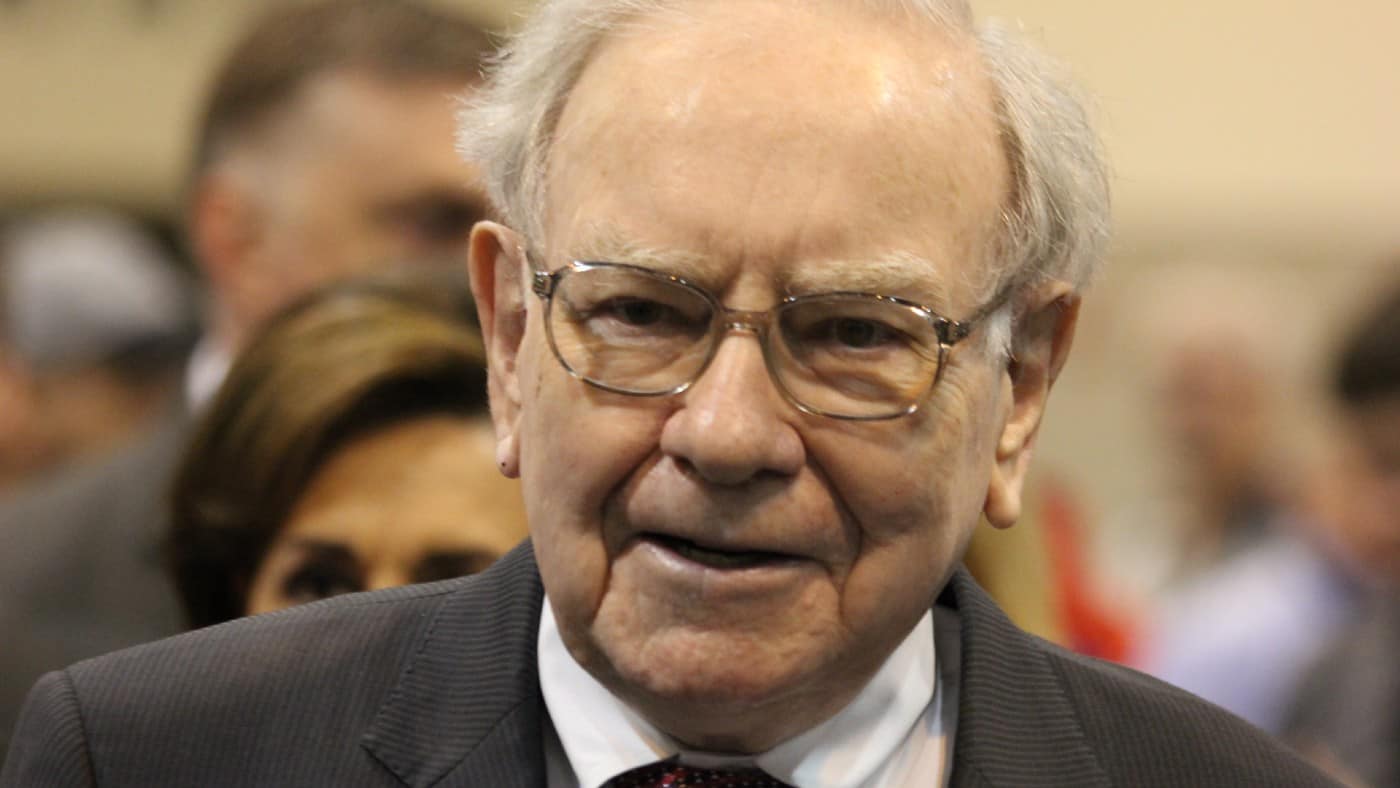Famed investor Warren Buffett often talks about how he changed his investment style at a certain moment in his life. When he and his partner Charlie Munger bought retailer See’s Candies in 1972, Buffett almost walked away from the deal. He thought the price tag was too expensive. Munger reckoned that the strong brand and business model could generate so much cash in future that paying a little more for it in the beginning wouldn’t really matter.
Buffett credits this as being the moment when he moved from being a value investor to looking for great companies at good prices. So, what had been doing before that purchase?
Warren Buffett on cigar butts
Early in his career, Buffett focussed on buying shares in companies that had limited future prospects, but whose share prices were so cheap he could still make money from them. As Buffett explained it in his 1989 shareholders’ letter: “A cigar butt found on the street that has only one puff left in it may not offer much of a smoke, but the ‘bargain purchase’ will make that puff all profit.”
That can be a profitable approach to choosing shares. But it means that an investor frequently has to find new shares to buy. By contrast, Buffett’s company still owns See’s Candies today, half a century after buying it. Finding a great company to buy and hold for decades takes less work than hunting for new cigar butt shares to purchase every couple of years.
Diversified Energy
That brings me to Diversified Energy (LSE: DEC). It is the world’s biggest owner of oil and gas wells, yet has a market capitalisation of under a billion pounds. That is because many of those wells are very small and have limited production capacity left. Diversified’s business model is to buy wells that other companies are selling, perhaps because they see limited future economic benefit from holding them. Through doing this at scale, it reckons it can build a substantial business. It believes that small wells can be profitable even after decades of pumping oil.
The company believes this has the benefit of low capital expenditure requirements compared to maintaining newer wells. There is a risk, though. When the wells reach the end of their lives, they need to be capped. With 67,000 wells in its portfolio, future capping costs for the company could eat into profits. Fluctuating energy costs are also a big risk, as for the company’s peers. A fall in oil prices could lead to smaller revenues and profits.
Double-digit dividend yield
Yet for now, its strategy seems to be working. Diversified pays a quarterly dividend and currently the yield sits at 10.3%.
But aren’t ageing gas wells the sort of cigar butt Warren Buffett mentions? In isolation, I think a single well could be. But what Diversified is doing as a company is buying thousands of such wells. Many have an expected working life of decades remaining. That does mean the company needs to work hard to keep identifying new purchases. But as the company name suggests, Diversified is spreading its bets across thousands of wells. It can also operate with economies of scale as it hones its business model. So I don’t see this double-digit-yielder as a cigar butt and am happy to own it in my portfolio currently.








